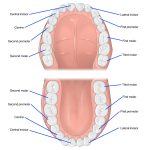Feline Dental Facts: How Many Teeth Do Cats Have?
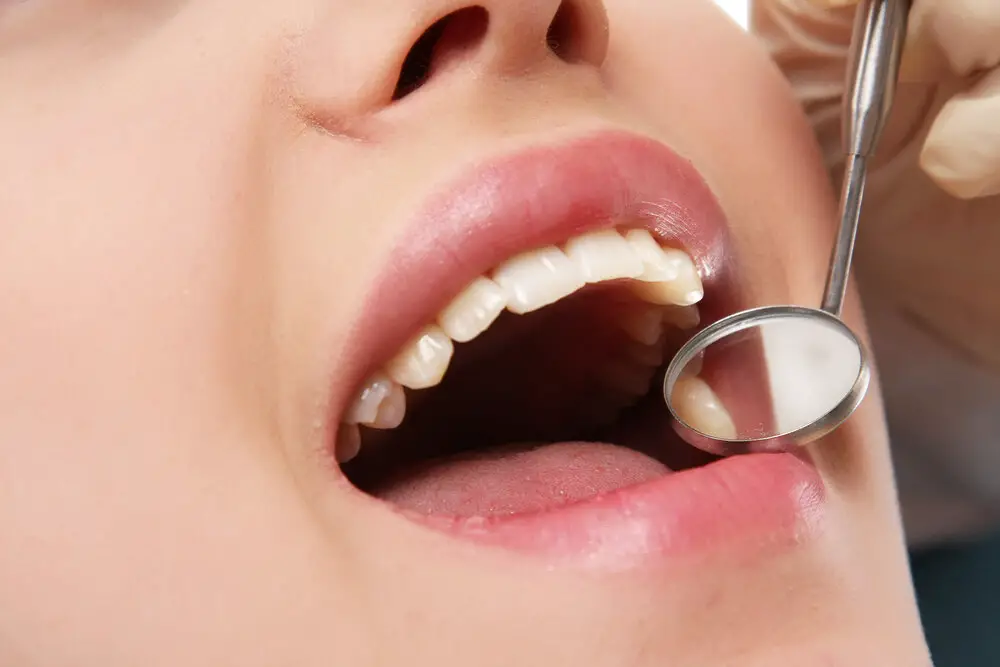
Cats are one of the most popular pets globally, and it’s no surprise that many pet owners are concerned about their feline’s health and wellbeing. One aspect of cat health that is often overlooked is their dental health. Dental problems in cats can lead to severe health issues and affect their quality of life. Therefore, it’s essential to know the basics of feline dental care, starting with how many teeth do cats have?Cats are carnivorous animals, and their teeth are specially designed for tearing and shearing meat. They have a unique dental structure that enables them to hunt and kill prey. Adult cats have 30 teeth, and their teeth are divided into four different types: incisors, canines, premolars, and molars. Each tooth type has a specific function, and understanding their role in a cat’s mouth is essential in maintaining their dental health. In this article, we’ll explore the different types of cat teeth, their functions, and how to care for them.
Dental health is a vital aspect of a cat’s overall well-being. A healthy set of teeth enables them to eat properly, maintain a healthy weight, and prevent digestive issues. Poor dental hygiene can lead to plaque buildup, tooth decay, and gum disease, causing pain and discomfort in cats. Moreover, dental problems can also lead to other health issues such as heart, liver, and kidney diseases. Regular dental check-ups, brushing teeth, and providing dental treats and toys can help prevent dental problems and ensure a happy, healthy life for your feline friend.
The purpose of the article \Feline Dental Facts: How Many Teeth Do Cats Have\ is to educate cat owners about the dental anatomy of their feline companions. The article provides detailed information about the number and types of teeth that cats possess, as well as their functions. It also discusses the importance of maintaining good dental hygiene in cats and the potential health problems that can arise from neglecting it. The article aims to raise awareness among cat owners about the significance of dental care for their pets and to encourage them to take active steps to ensure the oral health and well-being of their furry friends.
The Anatomy of a Cat’s Mouth
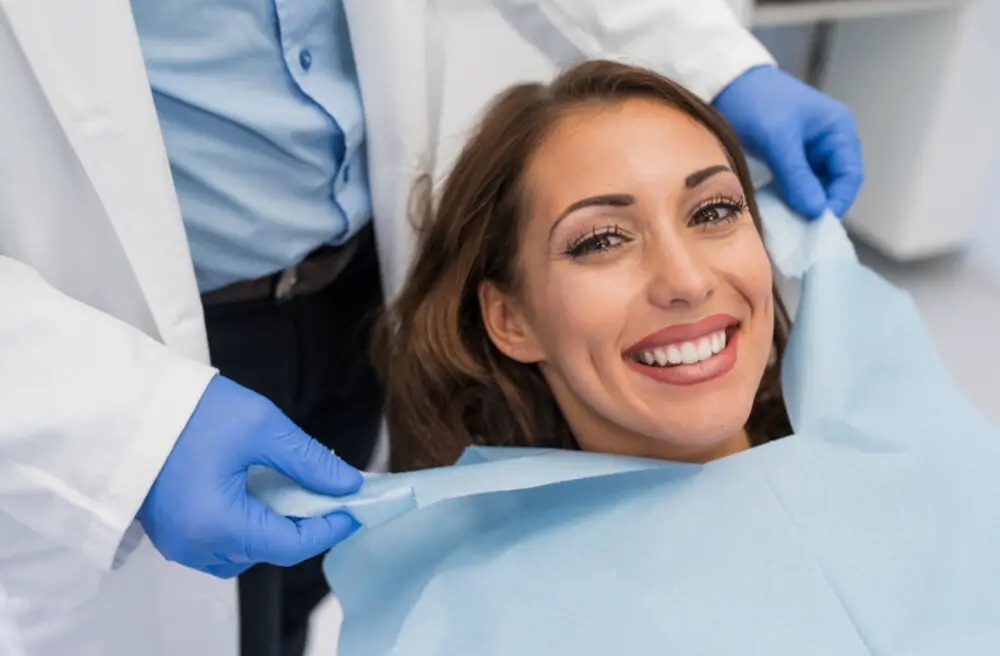
A cat’s mouth is a fascinating and complex structure that plays a crucial role in their daily activities. One of the most notable features of a cat’s mouth is their sharp, pointed teeth, which are designed for tearing and shredding prey. Cats have 30 teeth in total, with 16 on the upper jaw and 14 on the lower jaw. Their teeth are divided into four types, including incisors, canines, premolars, and molars. Each type of tooth serves a specific purpose, from gripping and tearing meat to crushing and grinding bones. Additionally, cats also have taste buds on their tongue, which allows them to taste different flavors and textures in their food. Apart from facilitating eating and hunting, a cat’s mouth also plays a vital role in their communication. When a cat is happy or relaxed, they may purr, which is produced by the vibration of muscles in their larynx. Similarly, when a cat is scared or threatened, they may hiss or growl, which is produced by the rapid expulsion of air through their mouth. Moreover, a cat’s mouth is also essential for grooming, as they use their tongue to clean their fur and remove dirt and debris from their coat. Overall, the anatomy of a cat’s mouth is a fascinating aspect of feline biology, and understanding it can help us appreciate the unique traits and abilities of our feline friends.
The structure of a cat’s mouth is uniquely adapted for their carnivorous diet. Cats have a total of 30 teeth, with 16 in the upper jaw and 14 in the lower jaw. Their sharp, pointed teeth are designed for catching and killing prey, and their powerful jaws allow them to crush bones and tear meat. The front teeth, called incisors, are used for grooming and biting while the long, curved canines are used for holding and killing prey. The molars and premolars are used for grinding and chewing, but cats primarily swallow their food whole. Additionally, cats have a rough, sandpaper-like tongue that aids in grooming and helps to remove meat and other debris from their teeth. Proper dental care is crucial for a cat’s overall health, as dental issues can lead to pain, infection, and other health problems.
Cats have a unique dental structure that is adapted for their carnivorous diet. They have a total of 30 teeth, with four different types of teeth in their mouth. The incisors, located at the front of the mouth, are used for biting and grooming. The canines, which are the long, sharp teeth next to the incisors, are used for biting and tearing meat. The premolars are located behind the canines and are used for shearing and slicing food. Lastly, the molars are located at the back of the mouth and are used for crushing and grinding. With their sharp teeth and powerful jaws, cats are able to effectively hunt and consume their prey. It is important for cat owners to take care of their feline’s teeth to prevent dental issues and maintain their overall health.
An illustration or diagram of a cat’s mouth is an incredible tool that can help cat owners understand and appreciate the complexity of their pet’s dental anatomy. The feline mouth is full of intricacies, with a total of 30 teeth, including incisors, canines, premolars, and molars. The incisors, located at the front of the mouth, are used for biting and grooming. The canines, or fangs, are the longest teeth and are used for grasping and tearing prey. The premolars and molars, located at the back of the mouth, are used for grinding and crushing food. Additionally, a cat’s mouth has a rough tongue covered in tiny barbs called papillae, which help groom fur, clean teeth, and aid in the digestion process. Understanding these dental facts is essential for ensuring a cat’s overall health and well-being.
How Many Teeth Do Cats Have?
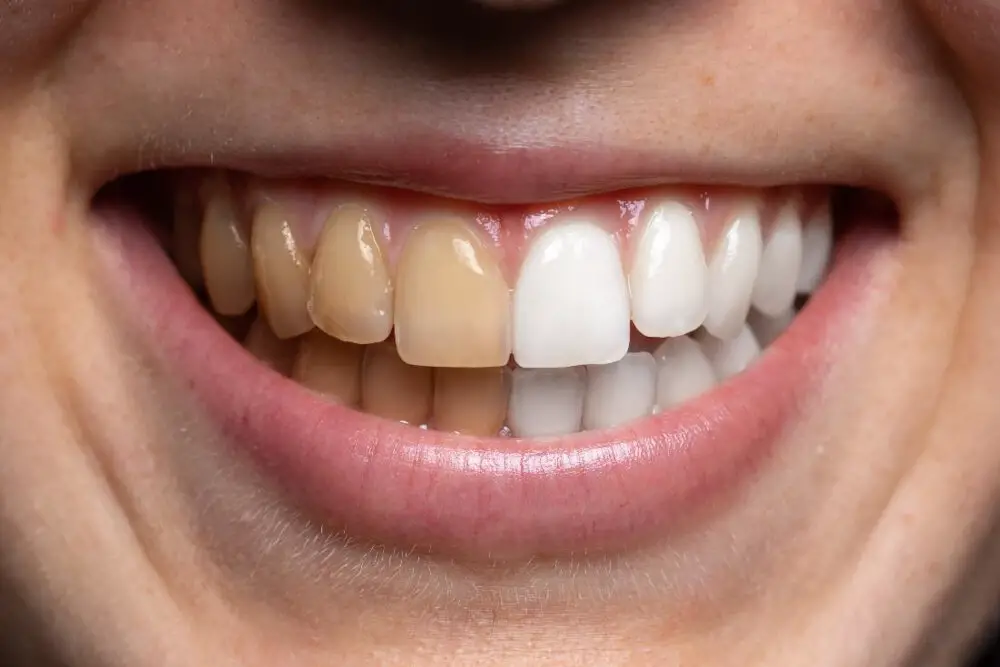
Cats are fascinating creatures that come in different breeds, sizes, and colors. While they may have some similarities in their physical features, one thing that sets them apart is their dental structure. Cats have a unique set of teeth that are designed to help them tear, chew, and crush their food. On average, adult cats have 30 teeth, which is less than the number of teeth in adult humans. However, the number of teeth can vary depending on the breed, genetics, and age of the cat. Kittens, for instance, have fewer teeth than adult cats, and their teeth are sharper and smaller. Cats’ teeth are divided into four types: incisors, canines, premolars, and molars. The incisors are located at the front of the mouth and are used for biting and grooming. The canines are the long, pointed teeth that are used for tearing meat and catching prey. The premolars and molars, on the other hand, are used for grinding and crushing food. While cats’ teeth are strong and durable, they are also prone to dental problems such as tooth decay, gum disease, and tartar buildup. Therefore, it is essential to take care of your cat’s dental hygiene by providing them with a balanced diet, regular dental check-ups, and proper teeth cleaning.
Cats are known for their sharp teeth, which are an essential part of their hunting and feeding habits. Adult cats have a total of 30 teeth, while kittens have 26. The four additional teeth that adult cats have are called molars, which are located at the back of their mouth, and are used for grinding and chewing food. The rest of their teeth are sharp and pointed, designed for tearing and cutting prey. Like humans, cats also have incisors, canines, and premolars. It is essential to take care of a cat’s teeth to avoid oral health problems, such as gum disease, which can lead to more severe issues if left untreated.
When it comes to the number of teeth, cats have quite a different dental formula compared to humans and other animals. Adult cats have a total of 30 teeth, which is less than the 32 teeth that humans have. However, cats have sharp and pointed teeth, called canines, which are used for hunting and tearing their prey. In contrast, humans have flattened canines, which are primarily used for biting and tearing food. Some other animals, such as dogs, have a similar dental formula to cats, but their teeth have a slightly different shape and size depending on their diet and lifestyle. Although the number of teeth may vary among different species, having a healthy and well-maintained set of teeth is essential for overall health and well-being.
Cats, much like humans, can experience a variety of dental problems throughout their lives. One of the most common issues is periodontal disease, which is caused by a buildup of plaque and tartar on the teeth and gums. This can lead to inflammation, pain, and even tooth loss if left untreated. Another common problem is tooth resorption, which occurs when the body begins to reabsorb the hard tissue of the tooth, leading to weakening and eventually loss of the tooth. Cats may also suffer from broken or fractured teeth, which can be caused by trauma or chewing on hard objects. Regular dental checkups and cleanings can help prevent these issues and ensure that your cat’s teeth and gums stay healthy and strong.
The Importance of Feline Dental Health

Feline dental health is one of the most crucial aspects of cat care that is often overlooked. Healthy teeth and gums are essential for a cat’s overall well-being and can have a significant impact on their quality of life. Dental issues can cause pain, discomfort, and even lead to serious health problems if left untreated. It is important for cat owners to understand the importance of feline dental health and take proactive measures to ensure that their pets have healthy teeth and gums. Cats have 30 teeth, which are designed to tear and grind food. However, like humans, cats can develop dental problems such as plaque buildup, gum disease, and tooth decay. These issues can be caused by poor dental hygiene, genetics, and diet. Cat owners can help prevent dental problems by providing their cats with a healthy diet, regular dental check-ups, and dental cleanings. Additionally, brushing a cat’s teeth regularly can help remove plaque and prevent the buildup of tartar. By taking these steps, cat owners can help their pets maintain healthy teeth and gums, which can improve their overall health and quality of life.
Dental health is a crucial part of a cat’s overall well-being. It is not only essential for their ability to eat but also for their comfort and overall health. Cats have 30 teeth, and just like humans, they require regular dental care to prevent dental diseases such as gingivitis, periodontitis, and tooth decay. Poor dental health can lead to severe health problems such as infections, abscesses, and even heart disease. Therefore, cat owners should take proactive steps to maintain their feline’s dental hygiene by brushing their teeth regularly, providing dental-friendly food, and scheduling regular dental check-ups with their veterinarian. By prioritizing their cat’s dental health, owners can ensure that their beloved pets live a comfortable and healthy life.
Dental problems can significantly impact a cat’s overall health and wellbeing. Cats use their teeth not only for eating, but also for grooming and defending themselves. If a cat is experiencing dental pain or discomfort, they may become less active and eat less, leading to weight loss and a weakened immune system. Additionally, dental issues such as gingivitis and periodontal disease can spread bacteria throughout the body, potentially leading to infections in other organs such as the heart, liver, and kidneys. It’s important for cat owners to regularly monitor their pet’s dental health and seek veterinary care if any issues arise. By taking preventative measures and addressing dental problems early, cat owners can help ensure their feline friends maintain optimal health and wellbeing.
Maintaining good dental hygiene is crucial to ensuring the overall health and well-being of our feline friends. One of the most important tips is to regularly brush cats’ teeth using a soft-bristled brush and specially formulated toothpaste. It’s also important to provide cats with dental-friendly toys and treats that help to clean their teeth and promote healthy chewing habits. Regular veterinary check-ups are also essential to ensure that any potential dental issues are caught early and treated promptly. By implementing these tips, cat owners can help to ensure that their furry companions maintain healthy teeth and gums, which can ultimately contribute to a longer and happier life.
Treatment and Care for Feline Dental Problems
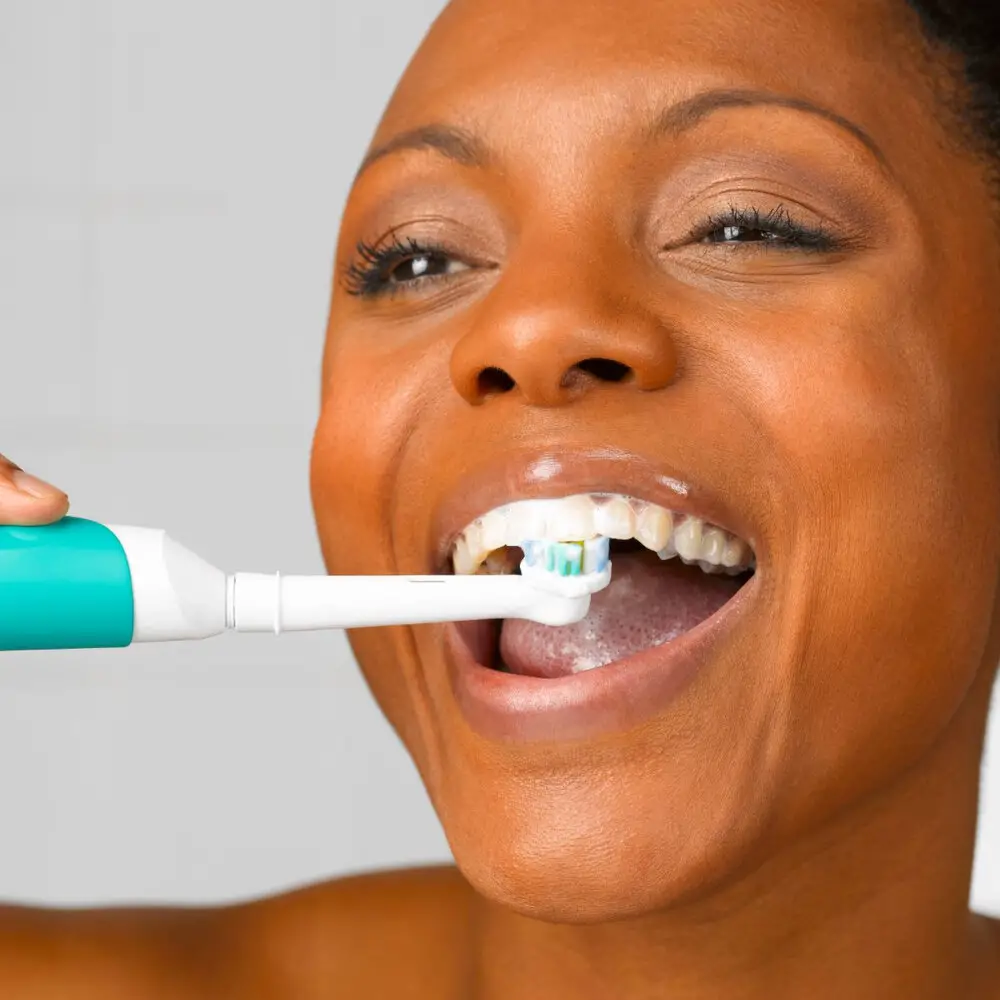
Feline dental problems are common among cats, and can cause discomfort and pain, as well as more serious health issues if left untreated. The most common dental issues in cats include periodontal disease, tooth decay, and broken or cracked teeth. If you notice any signs of dental problems in your cat, such as bad breath, difficulty eating, or swollen gums, it is important to seek veterinary care right away. Treatment and care for feline dental problems can vary depending on the severity of the issue. In some cases, a simple dental cleaning or extraction may be necessary, while in more serious cases, surgery or other advanced treatments may be required. In addition to professional veterinary care, regular at-home dental care can help prevent and manage dental issues in cats. This includes brushing your cat’s teeth regularly, providing dental treats and toys, and feeding a diet specifically designed for dental health. With proper treatment and care, cats can maintain healthy teeth and gums, and avoid the discomfort and health complications of dental problems.
Taking care of your cat’s teeth is crucial for their overall health and well-being. There are different types of dental procedures available for cats, including routine dental cleanings, extractions, and root canals. Routine cleanings involve removing plaque and tartar buildup from the teeth and gums, preventing further dental issues. In cases where a tooth is damaged or infected, extractions may be necessary to prevent further complications. Root canals can also be performed on cats with severe dental issues, preserving the tooth’s structure while removing any infected or damaged material. It is important to consult with a veterinarian to determine the best course of action for your cat’s dental health.
Cats, like humans, can suffer from dental problems if proper oral care is not provided. Some common signs of dental problems in cats include bad breath, difficulty eating or chewing, drooling, swollen or bleeding gums, loose or missing teeth, and decreased appetite. It’s important to regularly check your cat’s teeth and gums for any abnormalities and schedule regular dental check-ups with your veterinarian. Providing your cat with dental-friendly food and treats, as well as brushing their teeth regularly, can also help prevent dental problems and maintain their overall health and well-being.
After dental procedures, it is important to take extra care of your cat to ensure their comfort and recovery. Offer soft, wet food for the first few days and avoid hard kibble or treats that require extensive chewing. Provide plenty of water and monitor your cat’s appetite and behavior. You may need to administer medication or follow up appointments with your veterinarian. Encourage gentle play and avoid roughhousing or activities that could potentially harm their mouth. Additionally, maintain good dental hygiene by brushing your cat’s teeth regularly and scheduling routine dental cleanings to prevent future dental issues. By following these tips, you can help your feline friend successfully recover from dental procedures and maintain their oral health.
The article \Feline Dental Facts: How Many Teeth Do Cats Have\ sheds light on the dental structure of cats and the importance of maintaining their oral hygiene. The author explains that adult cats have 30 teeth, including canines, incisors, premolars, and molars. The article emphasizes the role of teeth in a cat’s overall health and behavior, such as hunting, grooming, and communicating. The author also mentions common dental problems that cats can face, including periodontal disease, tooth decay, and gingivitis. The article concludes by emphasizing the importance of regular dental check-ups and home dental care to prevent dental problems and ensure a cat’s overall well-being.
Maintaining good dental health in cats is crucial to their overall wellbeing. Neglecting dental hygiene in cats can lead to various health issues like mouth pain, tooth decay, and even infections. Regular brushing, dental checkups, and a balanced diet can help in keeping their teeth clean and healthy. As cats age, they become more prone to dental issues, making it essential to start early in their life. It is also crucial to keep an eye out for any signs of dental problems like bad breath, difficulty eating, or swollen gums. By prioritizing dental health in cats, pet owners can contribute to their furry friend’s longevity and happiness.
As a cat owner, it is important to prioritize your furry friend’s dental health. Many cat owners don’t realize that dental problems can lead to serious health issues for cats, including infections, abscesses, and even heart disease. To ensure your cat’s dental health, make sure to schedule regular dental check-ups with your veterinarian and brush your cat’s teeth daily. Additionally, provide your cat with dental-friendly treats and toys that can help promote healthy teeth and gums. By taking these simple steps, you can help keep your cat’s teeth healthy and ensure they live a long and happy life.
Conclusion

In conclusion, understanding feline dental facts is crucial for cat owners to ensure their pet’s overall health and well-being. Although many people may not realize it, cats have a total of 30 teeth, including incisors, canines, premolars, and molars. These teeth play an important role in a cat’s digestive system and overall health, and it’s essential to take good care of them. Regular dental check-ups, a healthy diet, and preventative measures such as brushing your cat’s teeth can all help keep your feline friend’s teeth and gums healthy. By taking the time to learn about and care for your cat’s teeth, you can help ensure they live a long, happy, and healthy life.







